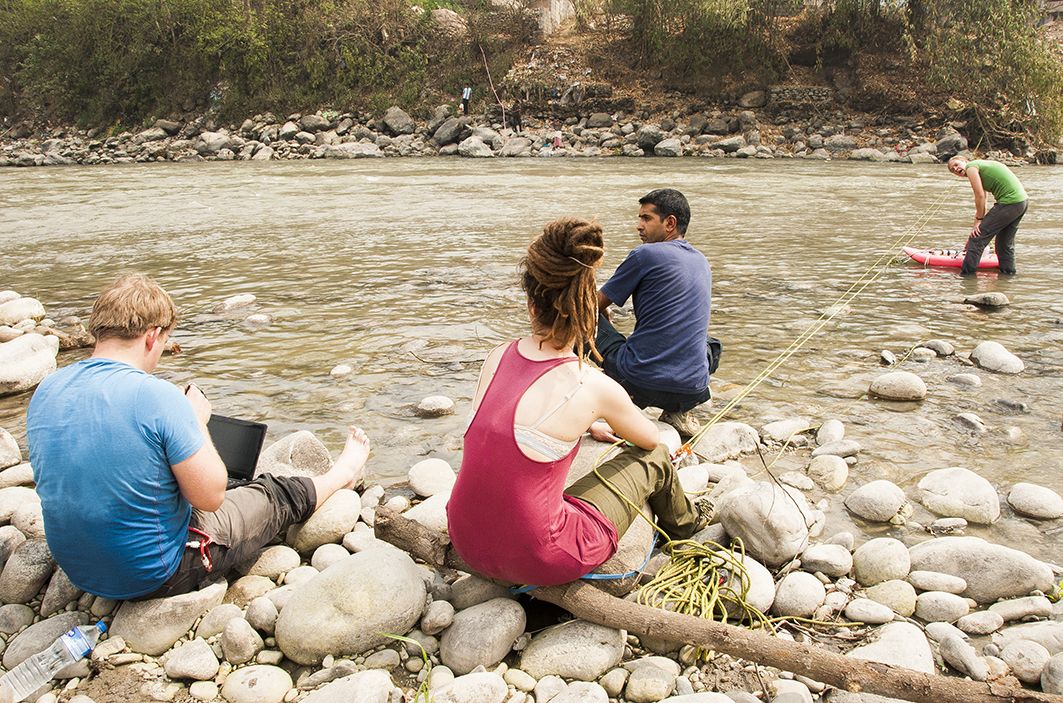April 28, 2016 | Nature
On April 25, 2015, a devastating earthquake hit Nepal, killing thousands. Now a year on, work is still underway to rebuild and repair the damage. But just because time has passed since the earthquake doesn’t mean that the danger has. “Earthquake can actually have quite long-lasting effects,” said Jane Qiu in an interview with Nature.
Spending much this year traveling in quake-stricken regions in Nepal, Qiu came across houses crushed by gigantic boulders and villages engulfed by a monstrous avalanche. In this podcast, she shares her experiences of the trip, and explains how scientists are monitoring landslide hazards and trying to forecast when and where a slope may fail.
Audio produced by Adam Levy, a multimedia producer at Nature.



